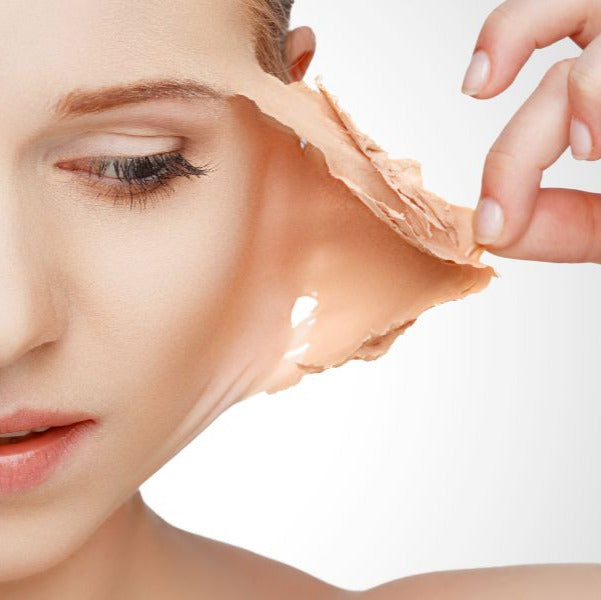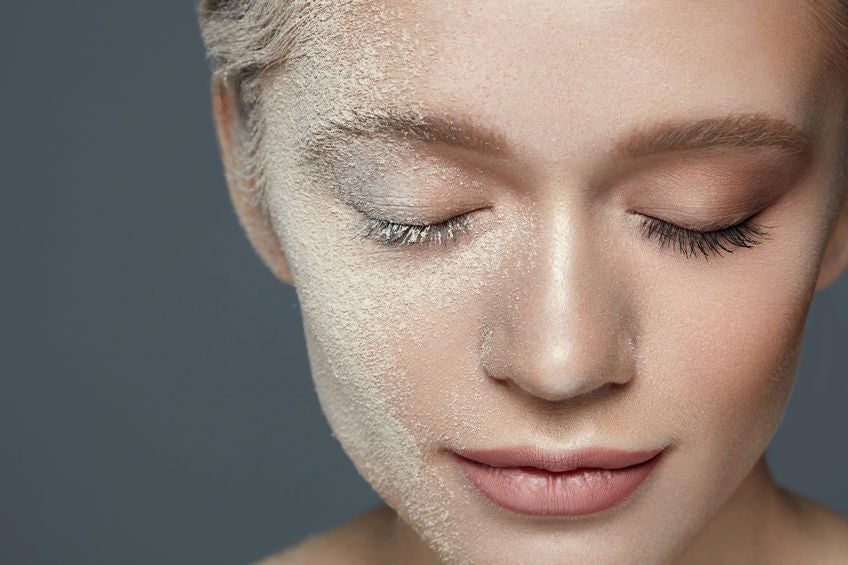Psoriasis

natural methods for reducing thrusts
Psoriasis – chronisch, aber therapierbar
mehr Erfahren
Psoriasis, umgangssprachlich Schuppenflechte, ist eine chronisch-entzündliche Autoimmunerkrankung, die primär die Haut betrifft, aber als systemische Erkrankung auch Gelenke, Nägel oder andere Organe einbeziehen kann. Charakteristisch sind rötlich entzündliche, scharf begrenzte, silbrig schuppende Plaques, die bevorzugt an den Streckseiten der Extremitäten, der Kopfhaut oder im Bereich des unteren Rückens auftreten. Die Herde sind oft symmetrisch angeordnet und können mit Juckreiz, Brennen oder Spannungsgefühlen einhergehen.
Ein typisches Merkmal der Psoriasis ist die stark beschleunigte epidermale Erneuerung: Während sich die Haut eines gesunden Menschen innerhalb von etwa 26 bis 27 Tagen erneuert, erfolgt dieser Prozess bei Psoriasis-Patient:innen in nur 3 bis 7 Tagen. Dadurch kommt es zu einer massiven Ansammlung von Korneozyten, was die typische Schuppenbildung verursacht. Mechanische Reize wie Reibung durch Kleidung, Schmuck oder kleine Verletzungen können über das sogenannte Köbner-Phänomen neue Läsionen auslösen.
Die Erkrankung ist nicht ansteckend, dennoch für viele Betroffene sowohl körperlich als auch psychisch belastend. Psoriasis gilt als immunvermittelte Erkrankung, bei der fehlgesteuerte T-Zellen proinflammatorische Zytokine wie TNF-α, IL-17 und IL-23 ausschütten. Dies führt zu einer chronischen Entzündung, Gefäßerweiterung und Überproliferation der Keratinozyten.
Unser therapeutischer Ansatz bei Psoriasis konzentriert sich auf die Reduktion der Entzündung, die Normalisierung der Keratinozytenproliferation und die Stabilisierung der Hautbarriere. Abhängig vom Schweregrad können topische Therapien mit keratolytischen Substanzen, Vitamin-D-Analoga oder milden Kortikosteroiden mit modernen, apparativen Methoden kombiniert werden. Unterstützend wirken photodynamische Therapien, LED-Behandlungen mit antiinflammatorischen Wellenlängen oder Kaltplasma, um das mikrobielle Hautmilieu auszugleichen und die Immunantwort lokal zu modulieren.
Regelmäßige, strategisch aufgebaute Behandlungen helfen, Schübe zu reduzieren, den Juckreiz zu lindern und die Hautstruktur zu glätten. Gleichzeitig ist eine konsequente Heimpflege essenziell, um die Barrierefunktion zu stabilisieren, Feuchtigkeitsverluste auszugleichen und Mikroverletzungen vorzubeugen.
„Schuppenflechte ist sichtbar – aber nicht unveränderbar. Mit gezielter, kontinuierlicher Therapie lässt sich die Haut nachhaltig beruhigen und das Wohlbefinden deutlich steigern.“
Differences - 2 types of psoriasis and the treatment
-
PSORIASIS
Here we are talking about an inflammatory, non-contagious disease.
Symptoms:
- optical & aesthetic disorder
- functional limitation
- itching
most common cause:
- genetic predisposition
- mechanical stimuli
- stress
- Infections
Treatment:
- Light therapy
- Anti-inflammatory vital substances
- Apperative therapy
Healing:
- not curable, but easily treatable
-
ATOPIC DERMATITIS
Here we are talking about a chronic skin disease that is partly inflammatory but not contagious.
Symptoms:
- optical & aesthetic disorder
- Active stage with swelling, wetness, itching
- chronic stage with scaling and rough skin surface
most common cause:
- Environmental factors
- Nutrition
- mechanical skin irritations
- Allergies
Treatment:
- Light therapy
- Anti-inflammatory vital substances
- Apperative therapy
Healing:
- not curable, but treatable
Course of therapy
Preliminary discussion
It is about a
Anamnesis tries to find out the cause of acne. We
will discuss various topics together to determine the start date of the
Finding out about acne and its trigger.
- Occupational history
- Leisure history
- Nutritional history
- Family history
Skin analysis: A skin analysis is carried out based on previous
Experience and in-depth knowledge of dermatology. Should
If the skin analysis does not prove to be informative, the
A family doctor or an endocrinologist (hormone specialist) is consulted to work out possible further diagnoses together.
Treatment plan: A treatment plan is developed together and continually adjusted as the skin improves. In addition, the diet, daily cleansing routine, and intake of various vitamins and micronutrients are adjusted.
Treatment success: We never promise a cure. However, based on several years of professional experience, we can report significant and rapid improvement, sometimes even complete healing, in all our treated clients to date.

Kosten & Dauer
Klassiche Kosmetik 159,00€
Secret RF - Needling 399,00€
Laser 299,00€
Behandlungsdauer ca. 60 bis 90min
Hautanalyse - Skinprep - Anwendung - Nachsorge Gespräche - Heimpflege - Vitalstoffe
